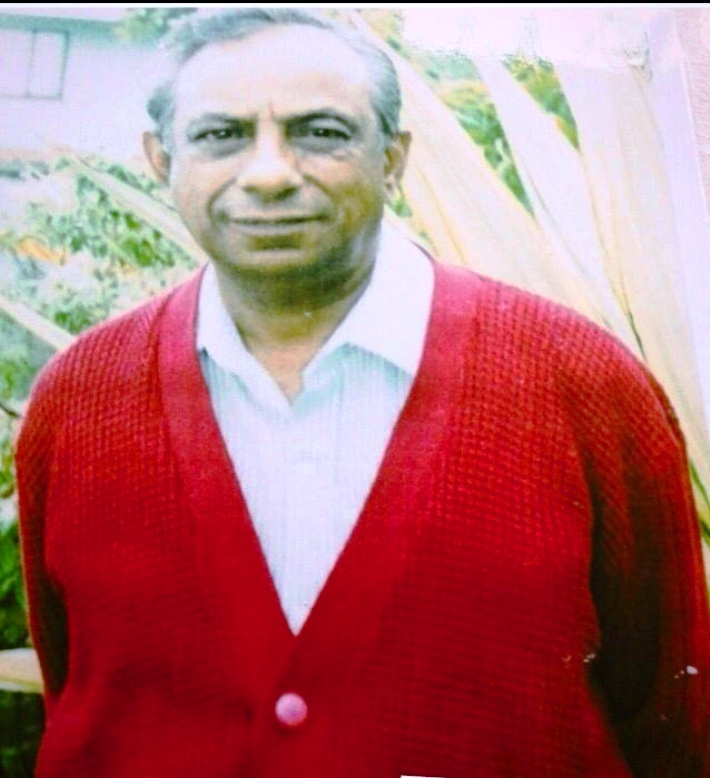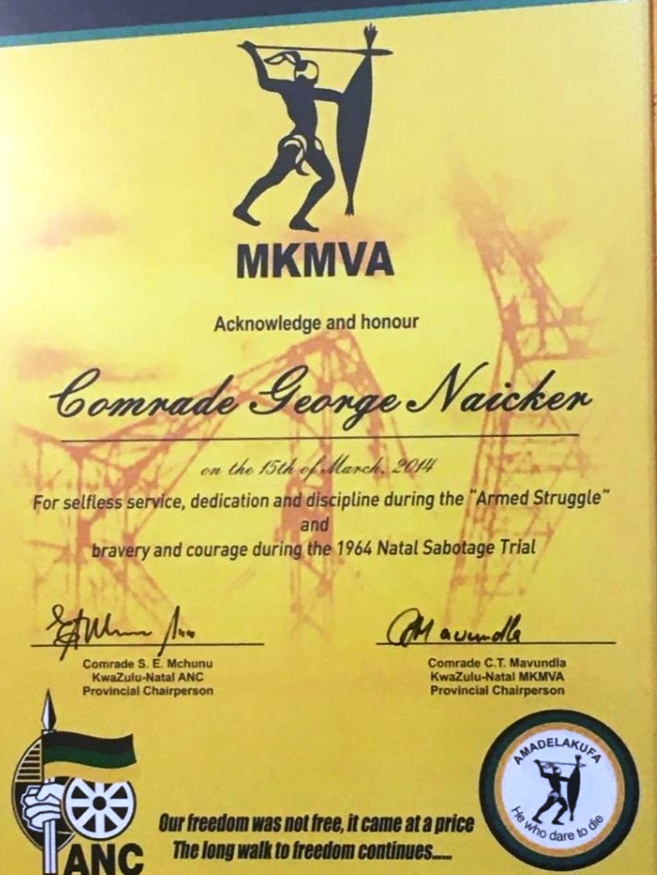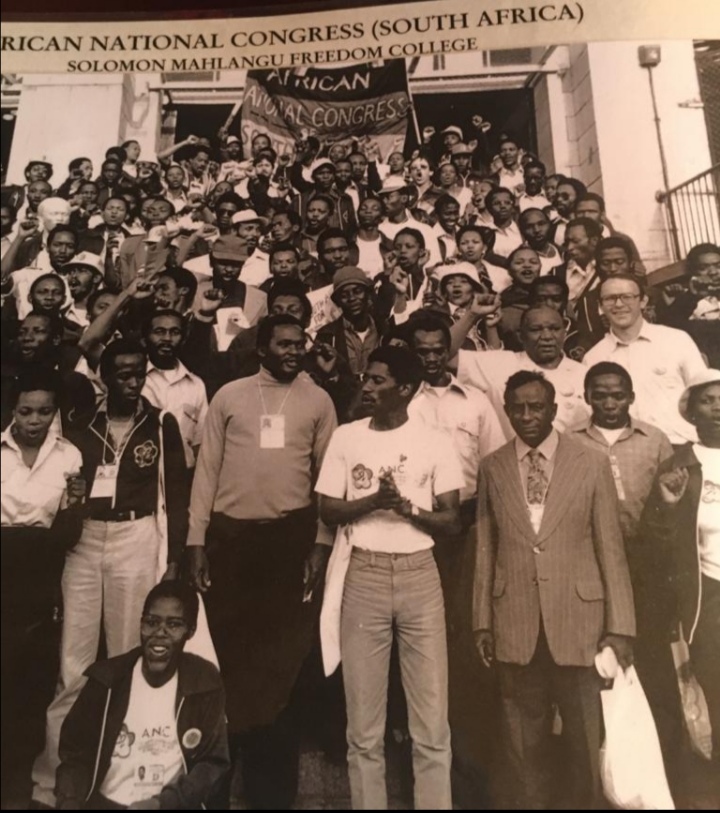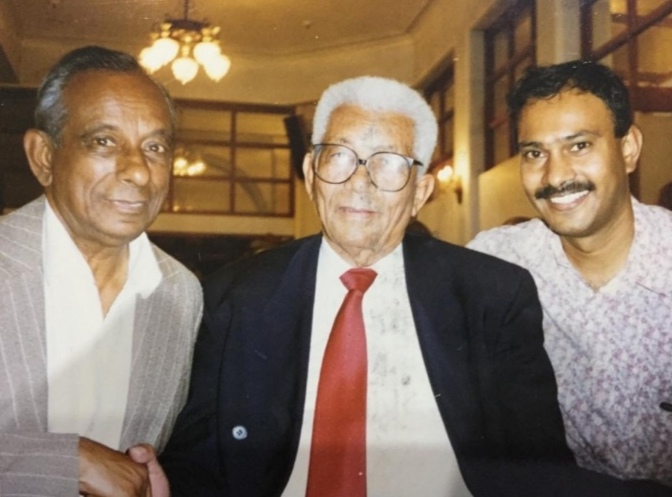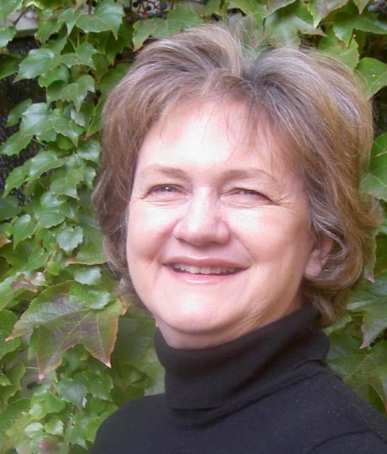Mooi River was originally named Lawrenceville after the Irish farmer who formalized its settlement during the 1800's; the Village took its enduring name from the Voortrekker description of its River being beautiful! ( 'Mooi', which translates as 'pretty' in English) In Zulu, however, the River is Mpofana, 'Place of the Eland'. The countryside varies from Mountains in the West of the District towards Giants Castle, through rolling Hills and grassland to the thorn veld around Middelrus in the North-West. It is a well-watered landscape, most of it ideally suited to Agriculture!
Mooi River forms part of the popular Midlands Meander self-drive Arts and Crafts Route, while all around are opportunities for outdoor recreation. Prior arrangements can be made to visit one of the many prestigious racehorse studs and training establishments in the vicinity, or the Weston Agricultural College Museum which also houses British Military Artefacts. On 17 August 1914, the Weston Agricultural and Allied Trades School opened on its present site at Weston, with five pupils. Two weeks previously, World War One had broken out and immediately the growth of the new school was affected. After three years, numbers had increased to sixty and in 1925 the name was changed to Weston Farm Training School. At this time a two year course was introduced with an emphasis on practical agriculture. Back in Town, the Rhode House Museum presents a wide variety of local History exhibits depicting formative activities of the Area such as polo and dairy farming.
An important Village that has been incorporated gradually into Mooi River, is Rosetta. Rosetta was an integral part of the colonial farm-pioneering boom of the mid-to- late 1800's. In note book written by John Kirby, who came to the Mooi River Area in 1851, he speaks of teeming herds of game, amongst which were buffalo and lion. As time went by, the land slowly became occupied and the road to the North was developed. Originally, Weston was a Village that was the centre for transport riders with their ox wagons. Wet weather often delayed transport and at such times there were large gatherings of travelers, wagons, oxen, mules and servants. A post office was set up in 1854 and later the Lake Hotel. By 1866 there was sufficient demand for a Bridge to be built across the Mooi River. The Helen Bridge, was named after the daughter of Natal's Governor and Commander of the Imperial Troops, General J.J. Bissett-( Helen, who was noted for her beauty, married a son of Sir Theophilus Shepstone). Near the Helen Bridge are the ruins of the Lake Hotel which were destroyed by fire! This Bridge provides the necessary link between the Villages and surrounding Areas and it also assists the local communities by providing safe travel to all road users across the River. It encourages Economic development within the communities, easy access to Public transport, and improves access to emergency services such as ambulances and police stations. The Bridge also promotes pedestrian safety especially for school children, the elderly and the general public. It facilitates the safe transport of Agricultural goods, farm livestock and general amenities to neighbouring urban Towns. The Helen Bridge, about 3 kilometres downstream of Mooi River, is one of the oldest remaining Bridges in KZN. The Bridge was opened on 19 November 1866, by Colonel J.J. Bissett. The Bridge was on the main transport route upcountry to the Inland, at the time and is still in use! There was a Boer War remount Station at Weston and most traffic at the time would have passed over this important Bridge! The construction commenced in 2015 and was completed at the end of the 2016/2017 financial year, at a total cost budget of R 17.1 Million. The project created 48 job opportunities.
Surrounded by modern smallholdings, the Rosetta Village Centre today features Crispin's Corner, a small shopping centre where - in addition to locally produced handicrafts History buffs may find that significant piece in its antique shop!
